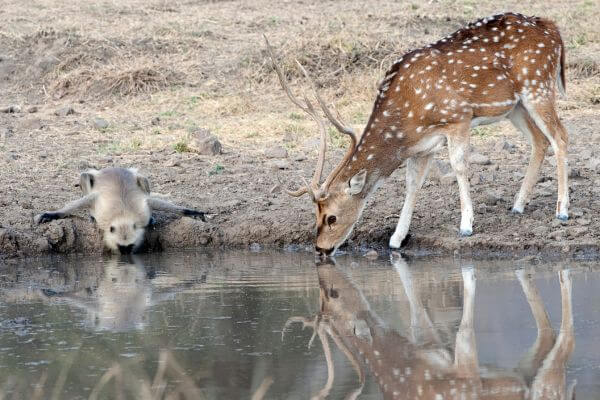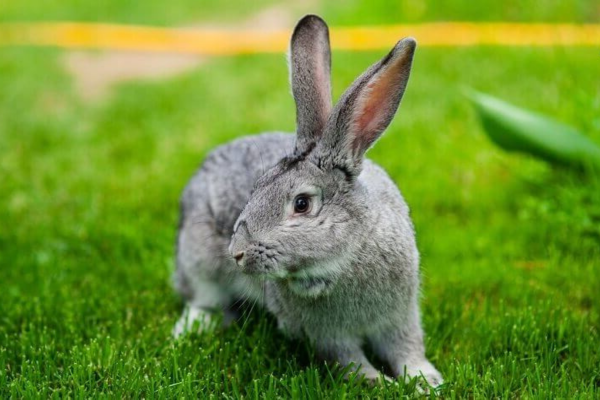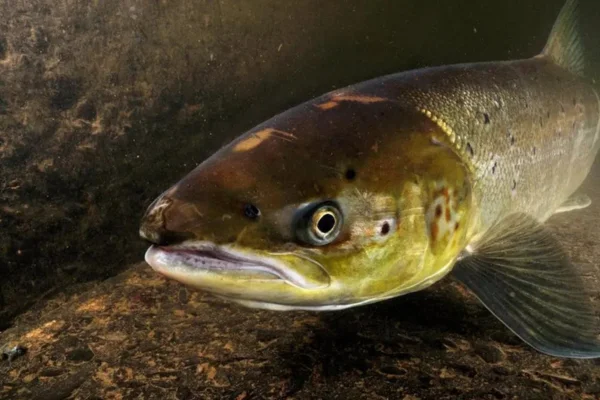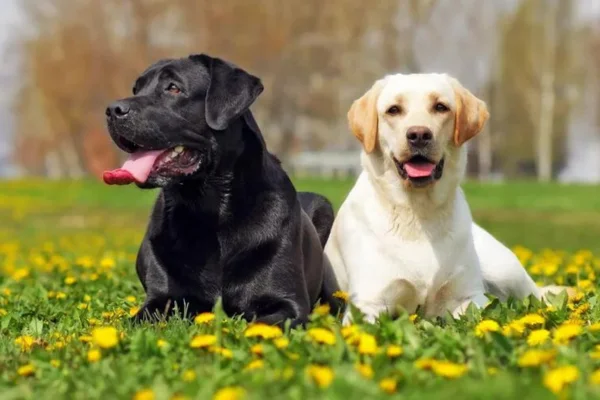Cooperation between species in nature and its beauty
Description
Cooperation between species in nature is one of the most fascinating wonders and surprises we can encounter. Over the centuries, animals have provided us with incredible examples of cooperative interactions, coming together to face challenges and achieve common goals.
Introduction
In this article, we'll embark on an exciting journey of discovery, exploring some of these examples of cooperation between species in nature. We'll see how these incredible interactions demonstrate the vital importance of collaboration in the animal kingdom. Join us on this fascinating exploration and uncover the secrets of cooperation between different species!

Mutualistic symbiosis: Beneficial symbiotic relationships between species
Mutualistic symbiosis is a remarkable example of cooperation between species in nature. In this type of relationship, different species work together, benefiting each other. A classic example is the relationship between sea anemones and clownfish. The anemones provide the fish with shelter and protection, while the fish clean the anemones of parasites and food scraps. This symbiotic partnership is essential for the survival of both species, demonstrating how cooperation can be fundamental in nature.
Contents
Another example of mutualistic symbiosis is the relationship between passerine birds and rhinos. The birds feed on insects and ticks on the rhinos' skin, helping to keep them free of parasites and diseases. In return, the rhinos offer the passerine birds protection and food. This symbiotic relationship highlights the importance of cooperation for the health and well-being of the species involved.
In a broader context, cooperation between pollinators such as bees and flowers is also essential for the reproduction of many plants. Bees feed on the nectar of flowers, while accidentally transporting pollen from one flower to another, promoting pollination and plant reproduction. This symbiotic relationship between bees and flowers is vital for the preservation of biodiversity and food production.
Cooperation in obtaining food: Joint strategies for survival
The search for food often requires cooperation between different animal species. A fascinating example of this is the relationship between the clownfish and the sea anemone, mentioned earlier. In addition, we can observe cooperation between birds and mammals, such as the famous callow birds that remove ticks from rhinos and other large animals. This mutual collaboration benefits both the birds, which feed on the parasites, and the mammals, which get rid of nuisances and diseases. Cooperation in obtaining food is an intelligent strategy for survival and highlights the importance of interaction between different species.
Another interesting example of cooperation in obtaining food occurs between certain fish and seabirds. During group fishing, the fish direct schools of smaller fish towards the surface of the water, making it easier for the birds to catch them. While the birds are feeding, the fish also benefit by catching smaller fish that are frightened or stunned by the birds. This cooperation in obtaining food allows both species to meet their nutritional needs and increase their chances of survival.
Cooperation in obtaining food is not just limited to aquatic animals. For example, some birds have a behavior known as "following the herd", where they follow herds of herbivorous mammals. The birds feed on insects disturbed by the movement of large animals, ensuring a constant source of food. This symbiotic interaction benefits both birds and mammals, exemplifying the importance of cooperation in the search for food in nature.
Mutual cleaning behavior: Mutualism between species in nature
Another interesting example of cooperation between species is mutual cleaning behavior. Several species of fish, such as cleaner fish, establish a symbiotic relationship with other animals, such as sea turtles and sharks. These cleaner fish remove parasites and dead tissue from the bodies of their hosts, providing them with hygiene and health benefits. In turn, the host animals receive relief from the parasites and a thorough "cleaning". This interaction is impressive proof of how different species can work together for mutual benefit, maintaining the health and well-being of both.
Cooperation between species
In addition to mutual cleaning by fish, we can observe other examples of cleaning behavior in different habitats. For example, birds known as "cleaning birds" remove ticks and parasites from other animals, such as antelopes and giraffes. This mutual cleaning cooperation helps to control the parasite population in the host animals, preventing disease and promoting health.
The cleaning birds feed on the parasites, while the host animals benefit from the removal of nuisances and improved hygiene.
Another surprising example of mutual cleaning behavior occurs in the ocean, where certain crustaceans, known as "cleaner shrimps", establish cleaning stations on coral reefs. The shrimps offer cleaning services to larger fish, removing parasites and dead tissue from their skins. This cooperation is so essential that the fish regularly frequent the cleaning stations, allowing the shrimps to fulfill their role as "cleaners" and ensuring the health of the fish.
These examples of mutual cleaning behavior between different species highlight the importance of cooperation in maintaining the hygiene and health of animals. By working together, these species demonstrate an intuitive understanding of mutual benefits and the importance of looking after each other.
Conclusion: Cooperation between species
Final considerations for Collaborative coexistence of different species in nature
Cooperation between species in nature is an incredible phenomenon that illustrates the importance of collaboration for the survival and success of different animal species. Fascinating examples of mutualistic symbiosis, cooperation in obtaining food, mutual cleaning behavior, group migration and collective defense highlight the adaptability and intelligence of animals in their search for joint solutions. These cooperative interactions reveal the incredible diversity and complexity of the animal kingdom, as well as providing valuable lessons about the importance of collaboration and mutual respect in our own world.
If you like our Prompt, please leave a comment.
Thanks for stopping by, check out our other work too






